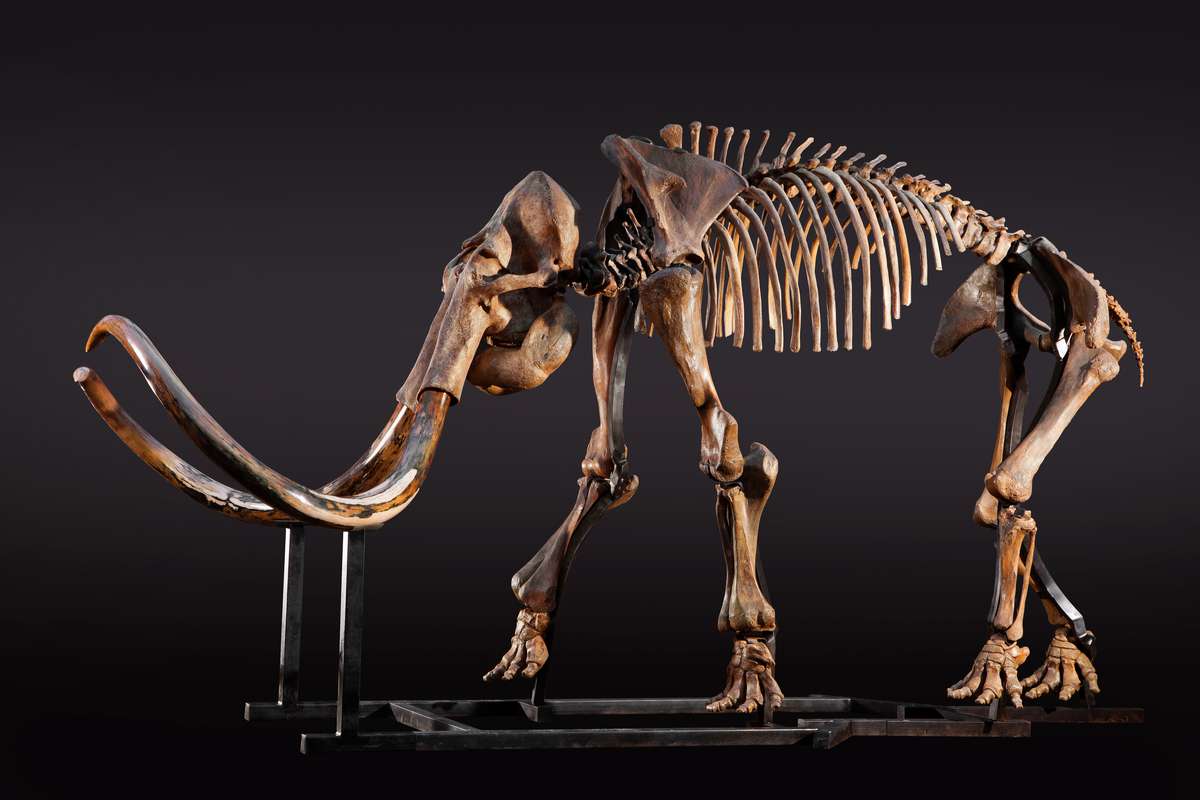In recent years, global warming has made it possible to carry out new research in the coldest regions of our planet. Thus the Siberian permafrost, a deep layer of ice, allows the discovery of more and more fossils. This region of the globe tells us a little more about the animals that lived there millions of years ago.
In 1970, a DNA was discovered in Siberia and kept since then, at theMoscow Academy of Sciences. As DNA research progresses, it has just been identified as that of the oldest mammoth ever known: 1.65 million years separate us from this mammoth! Impressive.
These analyzes were carried out on three fossils and it could be the oldest sequenced DNA in the world. It is thanks to molars compared to those of other species that the researchers were able to date this DNA. Mammoth teeth come from three different individuals. These mammoths whose last survivors date back 4000 years on the island of Wrangel, still in Siberia.
Until this discovery, the oldest DNA in existence was that of a horse 500,000 to 700,000 years old! The mammoth samples would therefore go back to the time before the Vikings and even before Neanderthals!
A promising study for the future of paleontological research
The study published on February 17 in the journal Nature, and led by Love Dalen, paleogeneticist from Stockholm, still amazes its author. The three mammoths of the steppes would therefore have 1.65 million years for the oldest, 1.34 million years for the second. The youngest still dating 870,000 years !
To arrive at their results, the researchers analyzed molar samples the size of a pinch of salt. And they managed to sequence millions of bricks that make up DNA. From the oldest to the youngest, they even named the mammoths: Krestovka, Adycha and Chukochya!
Other analyzes make it possible to reveal genetic variations for life in extreme cold. Thus, fat deposits suggest significant hairiness, long before the appearance of woolly mammoths. Research continues and today focuses on small mammals, about which we do not yet know much!
–


